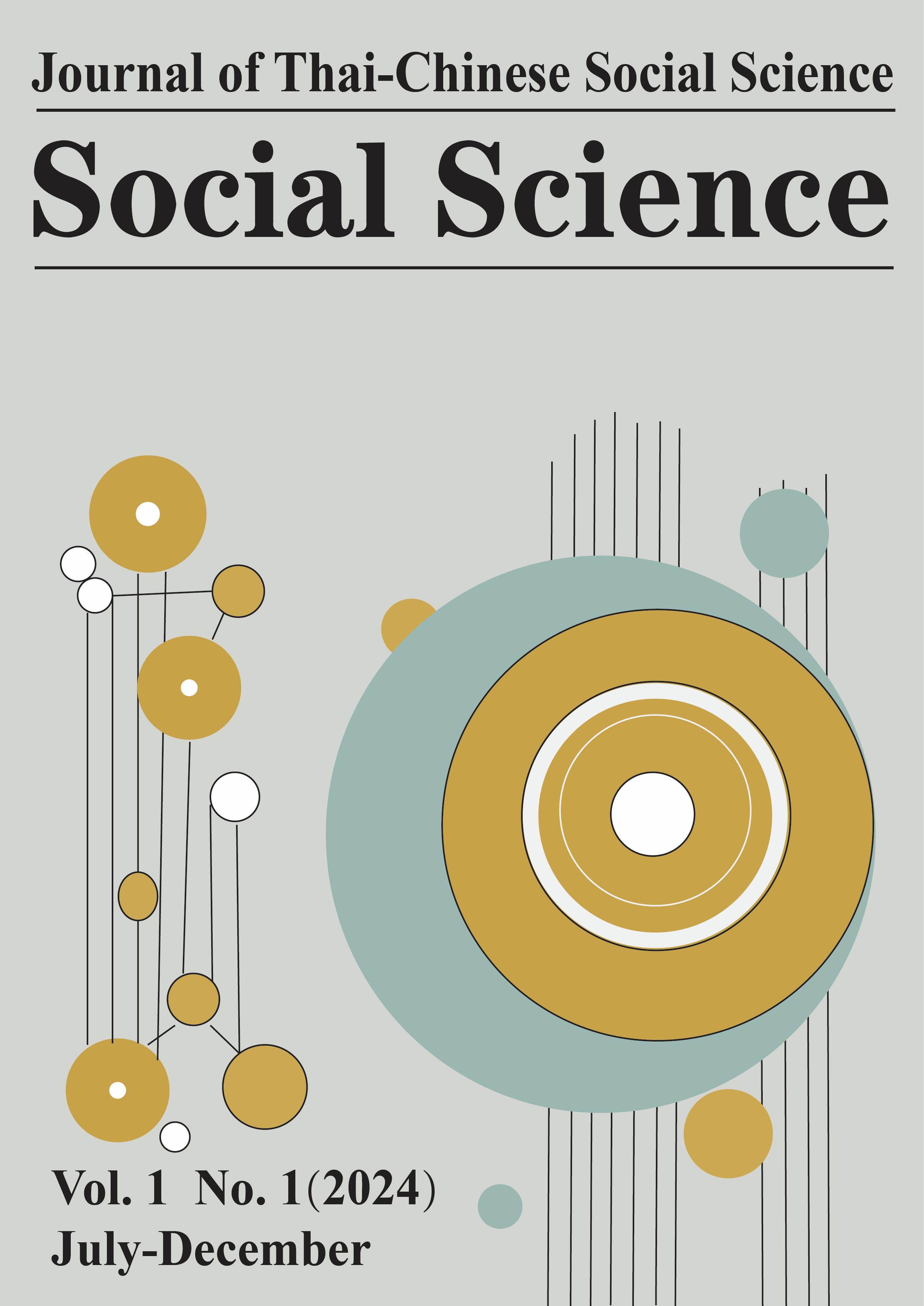Bibliometric analysis of Chinese teaching research in Thailand: Based on CNKI academic literature data over the past two decades
Keywords:
Thai Chinese language teaching, bibliometric analysis, knowledge mapping, teaching models, international cooperationAbstract
This study employs bibliometric analysis and utilizes the CiteSpace software to systematically examine 438 academic articles on Thai Chinese language teaching published in the CNKI database from 2004 to 2024. As an integral part of Teaching Chinese as a Foreign Language, Thai Chinese language teaching has garnered significant attention within the context of the Belt and Road Initiative and the deepening cultural exchange between China and Thailand. It serves as a typical case for promoting global Chinese language dissemination and provides practical experience for cross-cultural communication and regional educational cooperation. By constructing knowledge maps, this study analyzes the cooperative networks of core authors and institutions, uncovering the evolution of research hotspots. The findings reveal that research in this field has focused on student learning errors and solutions, teaching model innovation, teacher training, cultural dissemination, and international cooperation. It has evolved from exploring teaching practices to emphasizing cross-cultural communication and the integration of digital teaching resources. However, the research network remains fragmented, with limited cross-institutional and international collaboration. Future studies should strengthen comparative analyses of regional education policies, explore innovative applications of digital technology in Chinese language teaching, and promote international collaboration to advance global education. This study provides a comprehensive quantitative framework for analyzing Thai Chinese language teaching, revealing the knowledge structure and developmental trends in the field, and offering valuable insights for global Chinese language teaching research and practice.References
Naraniratsai, W., & 张亚群. (2017). 泰国华文教育及汉语教学的历史与现状研究. 海外华文教育动态(4), 2.
陈晨, & 李秋杨. (2008). 语音偏误标记与语音对比——谈泰国学生语音习得问题. 云南师范大学学报:对外汉语教学与研究版, 6(2), 6.
陈向东, 褚乐阳, 王浩, & 金慧. (2023). 教育数字化转型的技术预见:基于AIGC的行动框架. 远程教育杂志, 41(2), 13-24.
陈紫杨. (2021). 泰国汉语教育的发展,问题及对策. 张家口职业技术学院学报, 34(1), 4.
冯凌宇, & 张博宇. (2024). 国际中文词汇教学研究热点和趋势——基于CiteSpace的文献计量分析(2000—2022). 国际汉语教学研究(1).
何丽英. (2010). 泰国华侨学校汉语教学研究 西南大学].
江芳. (2021). 汉语国际教育与中泰合作交流探究. 北京印刷学院学报, 029(004), 123-125.
姜凡. (2017). 21世纪以来我国教师教育研究现状及趋势分析——基于《教师教育研究》的文献计量学和科学知识图谱研究. 教师教育研究, 29(1), 7.
寇志晖, & 李子建. (2012). 传统3P模式与任务型教学法的课堂实践与分析:汉语作为第二语言教学的角度. 海外华文教育(1), 8.
李屏. (2012). 泰国华文教育史研究综述. 东南亚纵横(8), 5.
李婉清. (2021). 全球化背景下孔子学院"汉语+"教学模式探究--以泰国"汉语+物流"教学模式为例. 中国物流与采购(4), 65-65.
李翔. (2021). 基于VOSviewer的泰国华文文学研究计量学和可视化分析. 文化创新比较研究, 5(24), 4.
李宇明. (2014). 孔子学院语言教育一议. 语言教学与研究(4), 8.
李志凌. (2016). 泰北地区大华语语境下汉语教学发展业态与评估. 民族教育研究(1), 6.
林海燕, & 赵寰宇. (2020). "一带一路"倡议下国际汉语教师信息素养培育研究. 情报科学, 38(4), 8.
刘雅莉, 吴俣, 顾盼, 杜剑卿, & 王艳芬. (2023). 生物多样性-生产力关系研究进展——基于文献计量分析. 生态学报, 43(18), 7782-7795.
吕军伟, & 马谨安. (2017). 泰国红统府学生汉语语音偏误现象及难度等级探析. 齐齐哈尔大学学报:哲学社会科学版(4), 3.
邱均平. (1986). 文献计量学的定义及其研究对象. 中国图书馆学报.
宋安琪. (2016). 初级阶段泰国留学生汉语标点符号使用特点分析及教学建议. 语文建设(1X), 2.
孙红娟, & 朱志平. (2021). 泰国酒店业汉语课程设计研究--以帕瓦纳·菩提坤职业学校为例. 国际中文教育(中英文), 6(3), 30-37.
王敬艳. (2019). 论泰国基础教育阶段汉语教学的四大突出问题. 西部学刊(13), 6.
杨刚. (2009). 东盟汉语教学:现状及存在问题. 中国教育与社会科学, 000(007), 1-4.
赵婧, & Aktas, F. (2022). "一带一路"背景下中国高等教育国际化教学探讨研究——以孟加拉国和泰国学生学习经历为例. 中国多媒体与网络教学学报(上旬刊)(11), 58-62.
郑晶晶, & 张成霞. (2024). 泰国职业院校中文教育研究现状,特点及发展建议——基于CiteSpace的可视化分析. 教育进展, 14(1), 916-925.
朱婧. (2017). 跨文化视角下的对外汉语教学研究. 语文建设(3X), 2.


